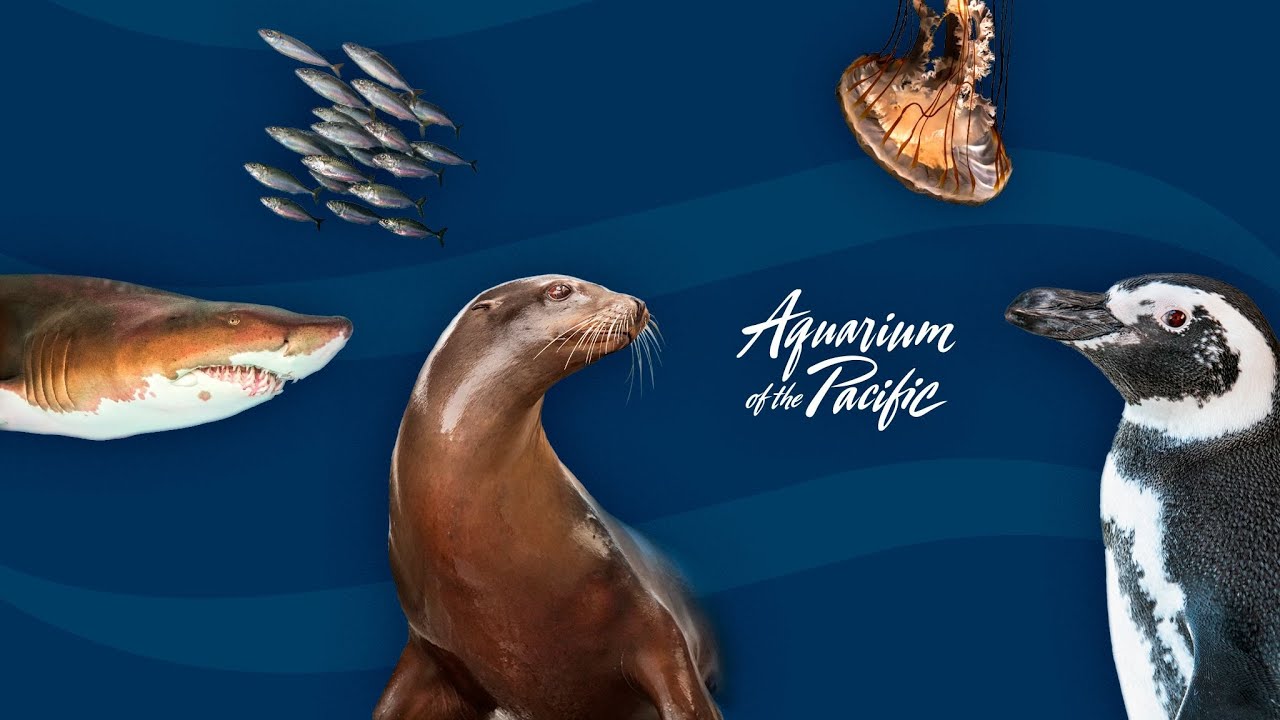Summary:
– The No Bones, No Problem phenomenon refers to animals that possess unique skeletal adaptations or lack bones altogether.
– There are several fascinating examples of animals with unconventional skeletal adaptations, such as the cartilaginous skeleton of sharks and the spineless wonder, the octopus.
– The evolution of boneless animals reveals remarkable adaptability and ingenuity in nature.
– Studying these boneless wonders can provide valuable insights into the diversity and resilience of life on Earth.
– Zoos play a crucial role in showcasing and conserving these amazing creatures, raising awareness about their importance and inspiring future generations.
Welcome, nature enthusiasts! Today, we embark on an exciting journey into the captivating realm of boneless wonders. That’s right, we’re diving into the fascinating world of the No Bones, No Problem phenomenon. Prepare to be amazed as we uncover the extraordinary adaptations and unexpected beauty of animals that defy traditional skeletal norms.
Now, when we hear the term “animal,” most of us automatically envision sturdy bones providing structure and support. However, there are remarkable creatures that dwell beneath the waves and slither through forests, demonstrating that nature’s intricacy knows no bounds.
Let’s start with one of the most iconic members of the boneless brigade: sharks. These magnificent creatures, ruling the oceans with unparalleled grace and power, possess a unique cartilaginous skeleton. Unlike their bony counterparts, sharks’ skeletons are composed primarily of cartilage, a flexible and durable tissue. This not only allows for swift swimming maneuvers but also helps them maintain buoyancy in the water.
Picture this: a serene underwater scene illuminated by the gentle glow of bioluminescent organisms. Suddenly, a graceful figure materializes. It’s an octopus! As it glides effortlessly through the depths, you might be surprised to learn that this curious cephalopod lacks bones entirely. Instead, an octopus relies on a hydrostatic skeleton, an ingenious system where fluid-filled chambers and muscular contractions grant it unmatched flexibility. These masters of disguise have the uncanny ability to contort their bodies into unimaginable shapes, thanks to their bone-free design.
Speaking of fascinating skeletal adaptations, have you ever marveled at the surreal beauty of a jellyfish? These ethereal creatures, seemingly composed of nothing more than gossamer-like tendrils, have long captivated our imaginations. Yet, hidden within their delicate forms lies another example of the No Bones, No Problem phenomenon. Jellyfish possess what is known as a mesoglea, a gelatinous substance that serves as both skeleton and support. This translucent framework allows them to float effortlessly through the water, gently pulsating with rhythmic grace.
It’s astounding to consider the evolutionary paths these boneless wonders have taken. Nature, in its infinite wisdom, has bestowed upon them remarkable adaptability and unmatched resilience. When we explore the secrets of these seemingly unconventional creatures, we unlock a treasure trove of knowledge about the diverse strategies life employs to thrive on our planet.
This begs the question: why should we care about boneless animals? Beyond their inherent wonder, these cryptic creatures hold vital keys to understanding the intricate web of life on Earth. By studying them, we gain unparalleled insights into the mechanisms behind successful adaptations, genetic diversity, and ecological balance. Their resilience in the face of adversity inspires us to appreciate the extraordinary ways in which life overcomes challenges, offering hope and inspiration for our triumphs.
Now, let’s take a moment to appreciate the invaluable role that zoos play in shedding light on these remarkable animals. Zoos are not mere collections of wildlife; they serve as ambassadors for conservation and stewards of Earth’s biodiversity. Through well-designed exhibits and educational programs, zoos enable us to immerse ourselves in the captivating world of boneless animals. They provide a platform for learning, raising awareness, and fostering a sense of wonder in people of all ages.
By witnessing these boneless wonders up close, we forge connections and develop a deeper appreciation for the importance of protecting their fragile habitats. Zookeepers and researchers work tirelessly to provide optimal care, conducting vital research that can help preserve threatened species and inform conservation strategies. Through their collaborative efforts, they strive to ensure a sustainable future where boneless creatures continue to mesmerize and inspire generations to come.
In conclusion, the No Bones, No Problem phenomenon offers a unique glimpse into the awe-inspiring diversity of life on our planet. From sharks to octopuses, jellyfish to unknown species waiting to be discovered, nature never ceases to amaze us. These boneless wonders serve as living testaments to the incredible adaptability and resilience found in the animal kingdom. They prompt us to question our preconceived notions and open our eyes to the myriad ways life has triumphed over the challenges it faces.
So, next time you find yourself captivated by the graceful movements of a shark or the otherworldly beauty of a jellyfish, remember the invaluable lessons these boneless wonders have to offer. Let us cherish their existence and strive to protect the fragile ecosystems they call home. In doing so, we ensure a world where the No Bones, No Problem phenomenon continues to awe and inspire us for generations to come.
*****
Source Description


